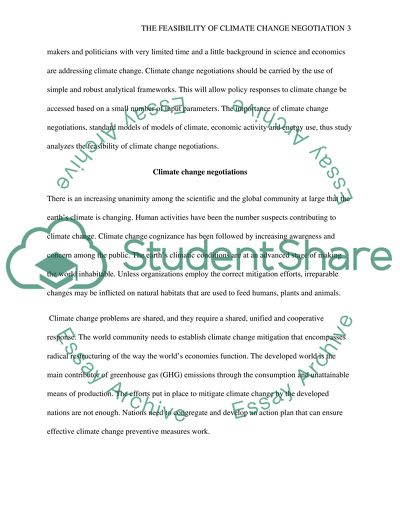Cite this document
(“The feasibility of climate change negotiation Coursework”, n.d.)
The feasibility of climate change negotiation Coursework. Retrieved from https://studentshare.org/environmental-studies/1702581-the-feasibility-of-climate-change-negotiation
The feasibility of climate change negotiation Coursework. Retrieved from https://studentshare.org/environmental-studies/1702581-the-feasibility-of-climate-change-negotiation
(The Feasibility of Climate Change Negotiation Coursework)
The Feasibility of Climate Change Negotiation Coursework. https://studentshare.org/environmental-studies/1702581-the-feasibility-of-climate-change-negotiation.
The Feasibility of Climate Change Negotiation Coursework. https://studentshare.org/environmental-studies/1702581-the-feasibility-of-climate-change-negotiation.
“The Feasibility of Climate Change Negotiation Coursework”, n.d. https://studentshare.org/environmental-studies/1702581-the-feasibility-of-climate-change-negotiation.


